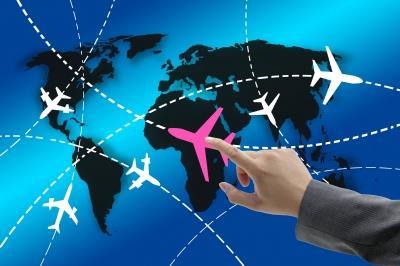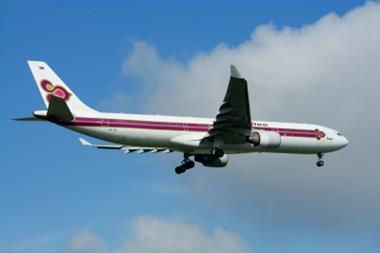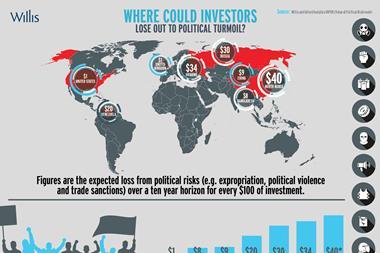Editor Mike Jones on the scope of risks faced by business travellers and the increasing significance of an effective travel risk assessment

Keeping staff safe is a primary responsibility of all businesses. However, managing this personnel risk is becoming increasingly complicated as companies expand into emerging markets. Furthermore, new threats pose challenges in countries previously considered to be relatively secure.
Often in the past, business travellers made their own travel arrangements, but this is no longer normal or acceptable. Nowadays, it is incumbent on corporations not only to make those travel plans, but also to ensure that risks, wherever possible, are limited if not eliminated altogether.
Of course, no business travel is without risk and a practical assessment ahead of any trip is crucial to minimise trouble. How detailed such assessments are depends on common sense and the level of potential problems expected – particularly at the destination. Taken to extremes, however, even travelling from home to the airport could carry a certain element of danger. Although accidents are always a remote but nonetheless potential possibility, perhaps more likely is the prospect of missing a connection because of traffic. A simple enough scenario, but one that could affect a business trip, especially if the schedule is tight or involves further onward travel.
Logistics, even basic ones such as this, need to be considered carefully to minimise disruption, but the real value of an effective travel risk assessment is seen when the traveller arrives at their destination. How easy or safe is it to get to the hotel or meeting venue? Ideally, a company driver or hotel car should be used, but these options are not always available. Therefore, a taxi tends to be the first port of call for business travellers and, all too often, their security is taken for granted. In most major European or US cities, picking up a cab from a rank is considered relatively safe, but this is not the case elsewhere. Tired, distracted travellers are not always as alert as they might otherwise be and this can lead to errors of judgement, particularly when approached by people attempting to look legitimate. Robbery, kidnapping and assault are three unpleasant outcomes no traveller ever wants to experience. Even when a taxi service is secure, finding a driver who speaks the same language as the businesses traveller is sometimes problematic, which can cause issues when the passenger tries to explain where they wish to be taken.
Much of this might sound obvious but it is sometimes overlooked, particularly when business travellers are going on a trip at short notice and arrangements become looser or more hurried. Getting the job done is always the overall objective, but that should not come at the cost of business traveller safety.
I have spent much of the past few months meeting risk professionals in countries across the Asia-Pacific region and lessons could be learnt from every trip. For frequent business travellers, complacency is a genuine enemy. Just because someone has visited a place before – even recently – does not mean conditions remain the same.
Consider, for example, the number of political issues that have generated changes around the world in the past 12 months. Many of these are examined in detail elsewhere in this issue of StrategicRISK. Among travellers to Ukraine, Russia and Thailand, for example – not to mention the Middle East – such issues have doubtless contributed to a growing feeling of wariness.
Although travel to Syria, Afghanistan and Iraq is at the more extreme end of the risk spectrum, foreign visitors to these countries are always likely to proceed with caution and to be ready, within reason, for whatever might come their way.
However, with the US and its new Middle East coalition partners now taking the fight to Islamic State (IS) in Syria, a different threat dynamic is possible. Both Saudi Arabia and the United Arab Emirates have suddenly become more dangerous places – not only for travellers, but also their populations as a result of their involvement in airstrikes. Businesses sending staff to, or with operations in, places considered previously to be safe – such as Dubai – may need to reappraise the situation until the IS threat can be contained. Meanwhile, risk levels have also risen in major western cities amid fears of terrorist reprisals.
Risks to business travellers are everywhere. Yet with the correct preparations, they can venture almost anywhere in the world and return safely. The more obviously dangerous a place is, the more likely a traveller is to be proceeding with extreme caution. However, merely because a threat is less blatant or visible in other territories does not mean it should be overlooked.
All companies need to ensure that employees who travel are prepared for anything, at any time, wherever they might be.




















No comments yet